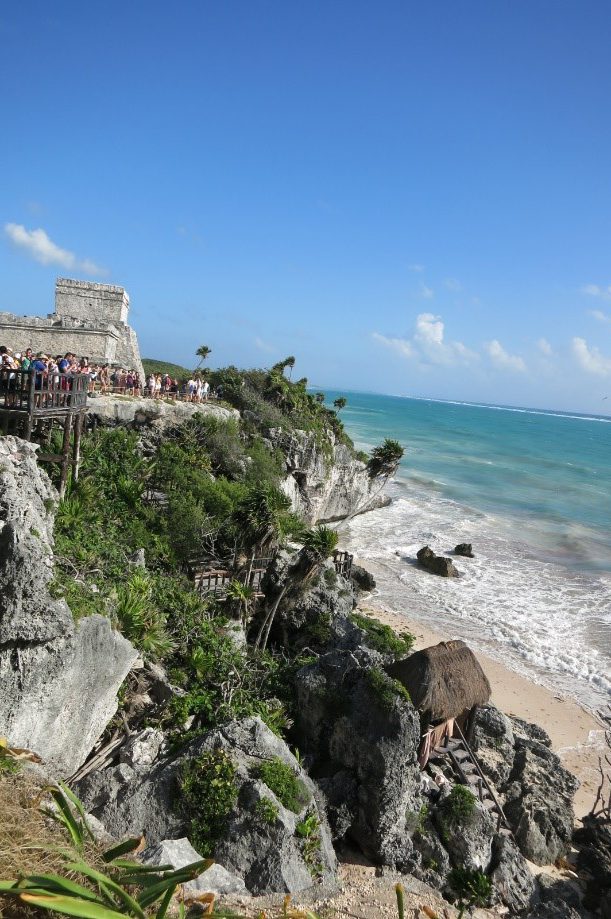
March 5, 2020, by lzzeb
Mexico Field Trip 2020
A blog by Geography student Amy Knott
The field trip was part of the ‘Quaternary Environments’ module, which focuses on environmental change throughout the lowlands of the Yucatan Peninsula, exploring the relationship between climate, environment and society. We designed our own project, which would analyse either the chemistry of modern aquatic environments, long term change or short term change, using different environmental reconstruction methods. This year, projects ranged from evaluating atmospherically deposited pollutants across the Yucatan, to analysing the impact of human disturbance 900 AD, to identifying hurricanes in the sediment records from 8000 years ago. As you can tell from the titles, we had a lot of fieldwork to do…
The trip began on January 3rd, where after the long flight into Cancun, we were greeted with palm trees and a rush of warm air, refreshingly different to the climate of Lenton. We met Francisco, our driver and guide for the trip, and Roger who is a professor at UADY, who both taught us so much during the trip, about traditions, flora and fauna, and so much more. We were also joined by Tati and Alessandro, two students at UADY, whose knowledge was so valuable during the trip.
The trip began with a tour of Punta Laguna nature reserve, where we encountered a troop of spider monkeys, sampled water quality and took a necessary dip in the water.
We explored Ek Balam, an archaeological site full of ceremonial features – a highlight was the impressive structure ‘El Torre’, covered in intricate motifs and allowing for a 360 degree view of the lowlands of the Yucatan. The view from the top brought perspective to how important this site was to the Maya, and just how flat the Yucatan is. Between sites, we often stopped and Sarah pointed out smaller sites that hadn’t been excavated, further reinforcing the impressive scale of sites such as Ek Balam.
It was here that we encountered our first Ceiba tree, known in Mayan as ‘Yax Che’, which is a tropical tree with great symbolic importance to the Maya. It was the symbol of the universe, signifying a route of communication between 3 levels of earth.
Celebrations for epiphany were lighting up Merida when we arrived, and the locals continued to make us smile with their generosity – we were given recommendations on where to eat, where to dance, and how to salsa!
After collecting equipment from Roger’s home (thank you Roger!) we set off to explore Yaxcopoil Hacienda, a vast property, operating as a cattle ranch and later as a Henequen plantation. After taking samples here, we continued on to Yaal Chac, a small cenote which is the study site for several projects. We continued with taking samples from in and round Yaal Chac for the next two days, as it is a key site, providing a continuous sediment record which indicates human-induced changes to the densely populated North West Yucatan. As the sun set on our fourth day, we travelled to some caves to watch the bats flying out for their evening feast on the insects. A local man gave a few of us a tour into the deep cave system, where bats came a little too close for comfort! Roger and Francisco told us about the epiphany tradition for everyone to cut slices of a cake – ‘Rosca de Reyes’, and whoever found the plastic babies in the cake had to throw a party on 2nd February!
We travelled west to the coastal town of Celestun via several cenotes, and stopped to take samples from the wetlands – these are important wetlands designated under the Ramsar Wetlands Convention. Following this, we took a speed boat tour and saw flamingos, heron and crocodiles, before a (mildly terrifying) entry to the mangroves, where we meandered through, spying coati and crocodiles. After a swim in the mangroves we ate on the beach, having our first touch of the Gulf of Mexico, before heading off to continue sampling from more cenotes.
Waking early to explore Merida in the daylight was a worthwhile experience – it’s a beautiful town, bustling with everybody going to work. I personally loved being some of the only tourists in the town – I felt like I was getting to experience true Mexico. We travelled to Uxmal via more cenotes and an experimental field – one project included interviews with farmers of the region. Uxmal archaeological site was a personal favourite – the buildings are typical of Puuc architecture, with intricate mosaics and masks of Chaac (the Maya rain god). We arrived at Hobonil ranch, part of the Universidad Autonoma de Yucatan (UADY), where we would be based for 4 nights.
I woke up early the following morning to the dawn chorus, and explored the ranch while the sun rose – my coursemates joked that if I ever go missing it’d be because I snuck back to Hobonil. It’s an amazing place! It was a fantastic base to explore key sites such as Lake Esmerelda and Lake Chichancanab, and a tranquil place to work on our presentations, updating everyone on our research projects. If we had to experience a scorpion sting and a dramatic tropical storm, I guess Hobonil would be the best place for it! From here we explored the impressive and incredibly popular Chichen Itza, stopping off at the most beautiful cenote, Lol Ha. Our final day in Hobonil was also my 21st birthday, and it was the most amazing day off of field work. After we gave our presentations, Santos, the manager and archaeologist, gave us a tour of the on-site caves, which we arrived to via horse, truck and bicycle! I was incredibly blessed with a cake and gifts, followed by a pinata, which was the most hilarious way to end a wonderful day.
We sadly had to leave Hobonil, but explored the stunning Coba archaeological site on our way to Tulum. Coba has a network of stone causeways called sacbes, which connect pyramids and residential areas. We spent the evening celebrating in the beautiful city of Tulum, having dinner together to reminisce a successful trip. The following morning was spent exploring Tulum archaeological site, somewhere I’d seen photos of for years, and needless to say it did not disappoint; coati roamed around the vast ruins, all with a blissful backdrop of the Caribbean sea. After an emotional goodbye and best wishes to Sarah for her research trip, we boarded the plane back to London, with burnt noses, smiling faces and a new favourite country for us all.
A huge thank you is due to Sarah Metcalfe and Ginnie Panizzo, who made this field trip a success through their knowledge and organisation, and for making everything so enjoyable.
No comments yet, fill out a comment to be the first

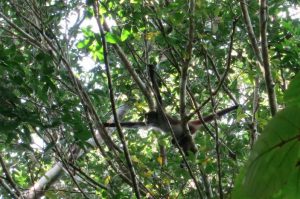
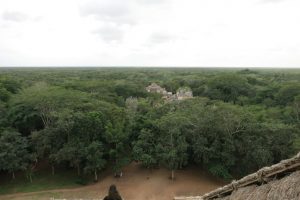
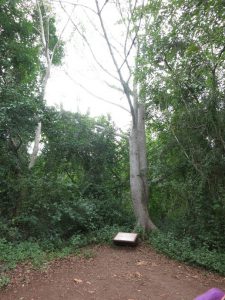
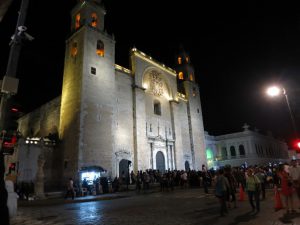
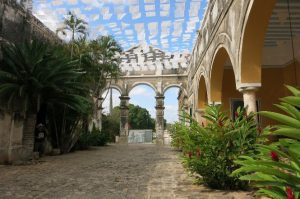
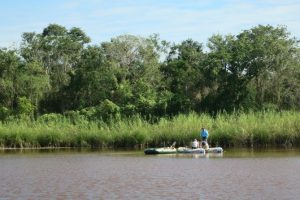
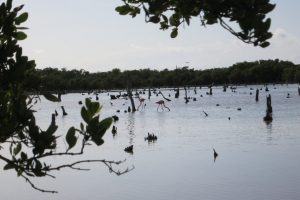
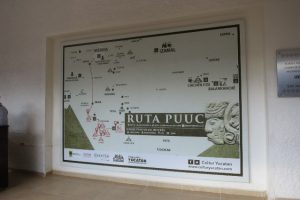
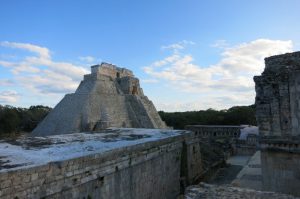
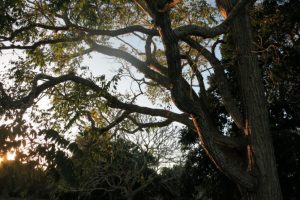
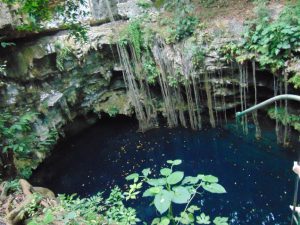

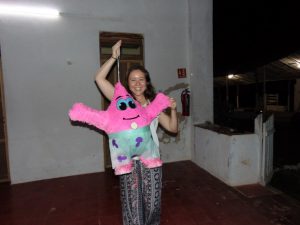
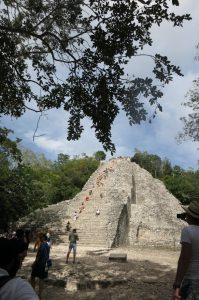
Leave a Reply